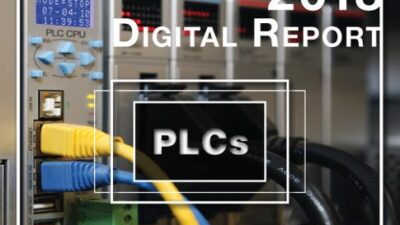Auto repair facilities faced with underperforming MPFI valves generally just replace them. This is expensive for the car owner and leads to issues of recycling the old parts. A better solution is to automate cleaning and testing. See explanatory diagram.
Auto repair facilities faced with underperforming MPFI valves generally just replace them. This is expensive for the car owner and leads to issues of recycling the old parts. A better solution is to automate cleaning and testing.
Fuel injection is a means of metering fuel into an internal combustion engine. In almost all modern automotive applications, fuel metering is one of several functions performed by an “engine management system.” The fuel injector is a nozzle and a valve into which fuel is injected under pressure from a pump or a pressure container. Fuel is forced into the cylinder of the engine through the port termed as “multipoint fuel injection fuel injection” (MPFI). The MPFI valve controls the fuel to the engine. In practice the system is designed and calibrated for the fuel in use, such as gasoline, Autogas, ethanol, methanol, methane, hydrogen or diesel.Current computerized test-and-clean systems only automate setting parameters, such as cleaning time. Moreover, these systems are bulky because they incorporate desktop PCs. For quite some time, automotive experts have advocated development of a portable, low power setup for MPFI testing and cleaning. Test and clean methodology Cleaning action is based on bubbling of oil through the MPFI valve. A cleaning subassembly is driven by a programmable oscillator at frequencies corresponding to soft, normal and heavy cleaning settings. Frequency selection is based on the force needed to flush carbon particles from the valves. The operator selects the appropriate frequency via a keyboard interfaced to the microcontroller.The microcontroller then drives an ultrasonic transducer attached to the oil bath. The temperature sensing module monitors oil bath temperature to avoid excessive heating that could damage valves. Cleaning results are displayed on an LCD interfaced to the microcontroller.The test system comprises an on-off controller, motor driver, overhead oil tank, sump oil tank, level detector, signal actuator, microcontroller, LCD and keyboard. The operator selects one of three modes: idle, normal, and high-speed. These modes correspond to frequencies that simulate different air-to-fuel ratios when the car is in different gears.During testing, a mechanical fixture holds the MPFI valve while oil is pumped at a constant rate from an overhead oil tank through the MPFI valve under test at pressures corresponding to vehicle speeds in different gears. If the flow rate falls short of the required value, the valve goes back to be cleaned again. — C.G. Masi , senior editor Control Engineering Register here and scroll down to select your choice of eNewsletters free.


